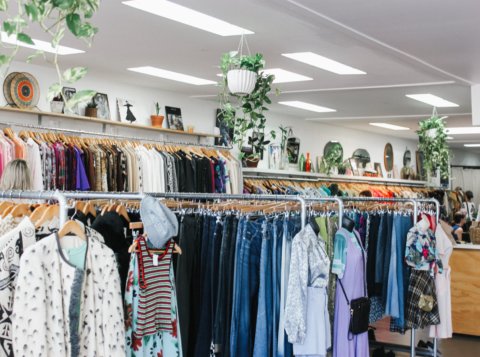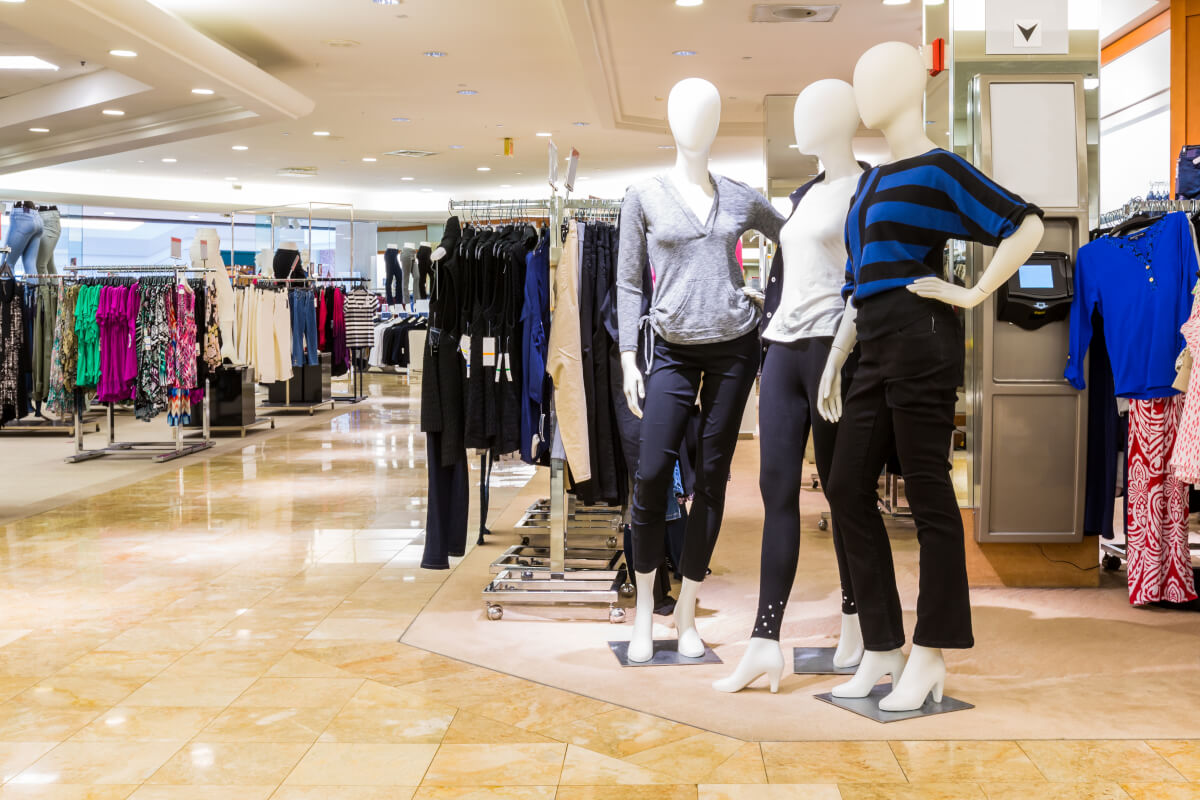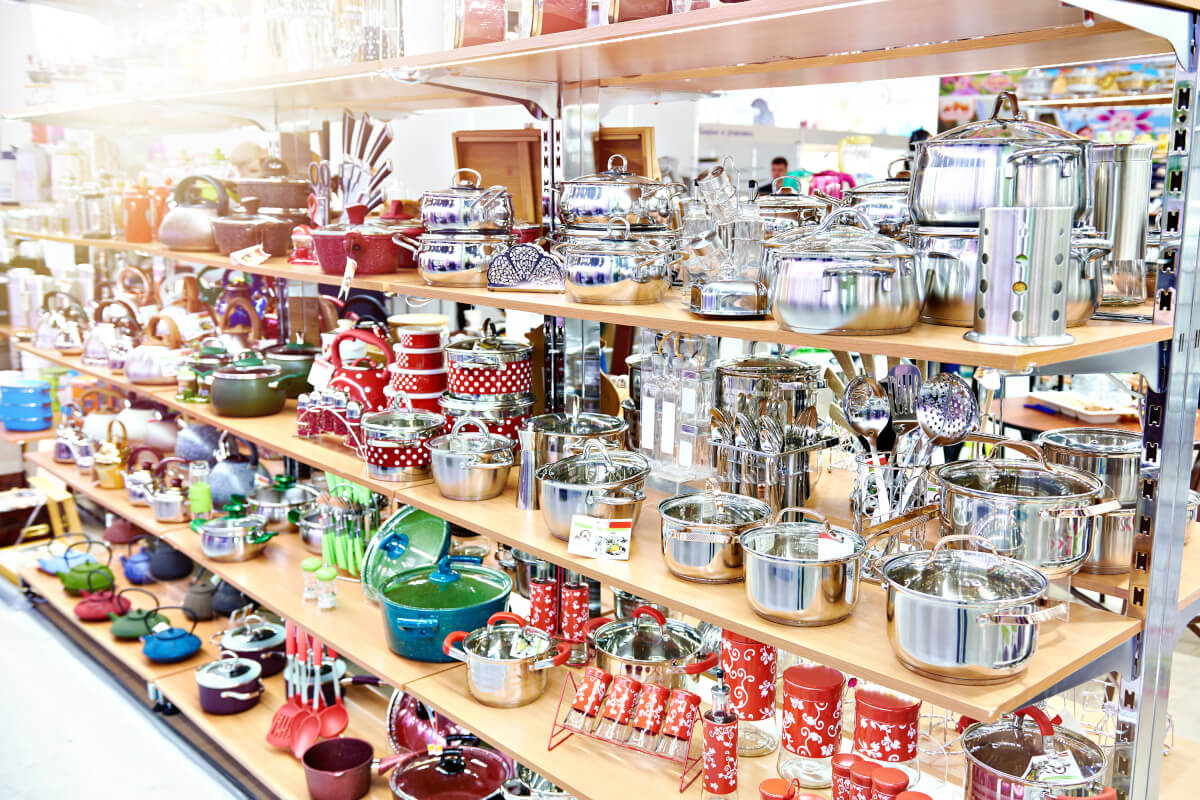Is Wall Street Breaking Up With Abercrombie & Fitch?

Investors may not be ready to break up with Abercrombie & Fitch for the longterm, although the fashion retailer’s stock declining as much as 34% this week might indicate otherwise.
The drop was an eye-opener, since the teen-to-young-adult Abercrombie chain, along with its surf-oriented Hollister stores, had been Wall Street sweethearts during an impressive two-year brand turnaround.
“I think the significant decline in stock price was just a normalization, closer to where their price should have been if it were not for the mask created by the success of Hollister over the past two years,” Tyler Higgins, leader of the retail practice at AArete, tells Fortune.
The company’s stock started its nosedive after a Wednesday earnings call announced same-store sales grew by 1%, rather than the 1.4% estimated by analysts. The company also stated its plans to close three of its flagship stores. In just over 24 hours, Abercrombie’s stock lost $441.5 million in market capitalization. By Thursday, share prices dropped to $16.92 from $25.64.
While Hollister is a major source of revenue for its parent company, and has largely been credited for Abercrombie’s recent growth, consumer interest has shown signs of leveling. Hollister’s same-store sales fell 1.4% short of analysts’ predictions, rising only 2% this quarter. This time last year, sales had grown 6%.
“What that trend did was mask the overall problem that has plagued all mall retailers,” Higgins says. “Abercrombie has a foot-traffic problem.”
This lackluster mall shopping was exacerbated by something as simple as bad weather.
“In the U.S., where the bulk of Abercrombie & Fitch’s business is, recent mall traffic trends deteriorated, in part reflecting a cooler spring versus last year,” Marie Driscoll, the managing director of Luxury & Fashion at Coresight Research, tells Fortune.
Although investors might be wary about the closure of a Hollister flagship store in New York and two Abercrombie & Fitch flagships in Japan and Italy, as CEO Fran Horowitz assured them Wednesday, “large format, expensive flagships are not part of our go- forward strategy,” since customers now prefer “smaller, more intimate, omni-channel focused spaces.”
For a couple years, Abercrombie has been investing in smaller locations to create more personalized and engaging experiences—like technologically savvy fitting rooms.
At the end of its first quarter, Abercrombie & Fitch Co. had 857 stores globally, with 660 in the United States. By the end of the year, it expects to close up to 40 Hollister and Abercrombie & Fitch stores globally and open 85 “new experiences,” which includes new stores and remodels.
“Abercrombie is realizing what numerous others have and that is: Flagship stores can tax a retailer’s business, especially as they evaluate a major transformation,” Higgins says. “The upside of the transformation is that Abercrombie is becoming more nimble as they improve customer experience as well as productivity of their stores. The downside is that the smaller stores put a greater tax on operating costs for each store to maintain revenue growth in a small format.”
A Looming Trade War
A new round of U.S. tariffs on Chinese imports, ordered by President Donald Trump, threaten additional costs of 25% on fashion apparel, which could take a toll on Abercrombie.
Horowitz told investors the company is “proactively reducing the amount of merchandise sourced from China.” While Abercrombie in 2017 imported approximately 40% of its U.S. merchandise from China, in 2018 it reduced imports to 25%, and hopes to lower its reliance to 20% by the end of 2019.
“Many apparel and retail executives have conservative outlooks near term as we work out trade and tariff issues,” Driscoll says. “The higher tariffs will impact margins and earnings near term for many. In tandem with other apparel brands and retailers, concerns about the U.S.-China tariff uncertainty has slowed purchases among the fast-growing Chinese middle class/luxury shopper, both in the U.S. and in China,” where Abercrombie has 12 stores.
The Good News?
While Abercrombie’s position might seem precarious with its stock declining and looming trade wars, it certainly isn’t the only fashion retailer taking a beating in the market. So does this seemingly ominous market response really represent a retreat from Abercrombie’s turnaround narrative, or is it another case of overhype?
























































